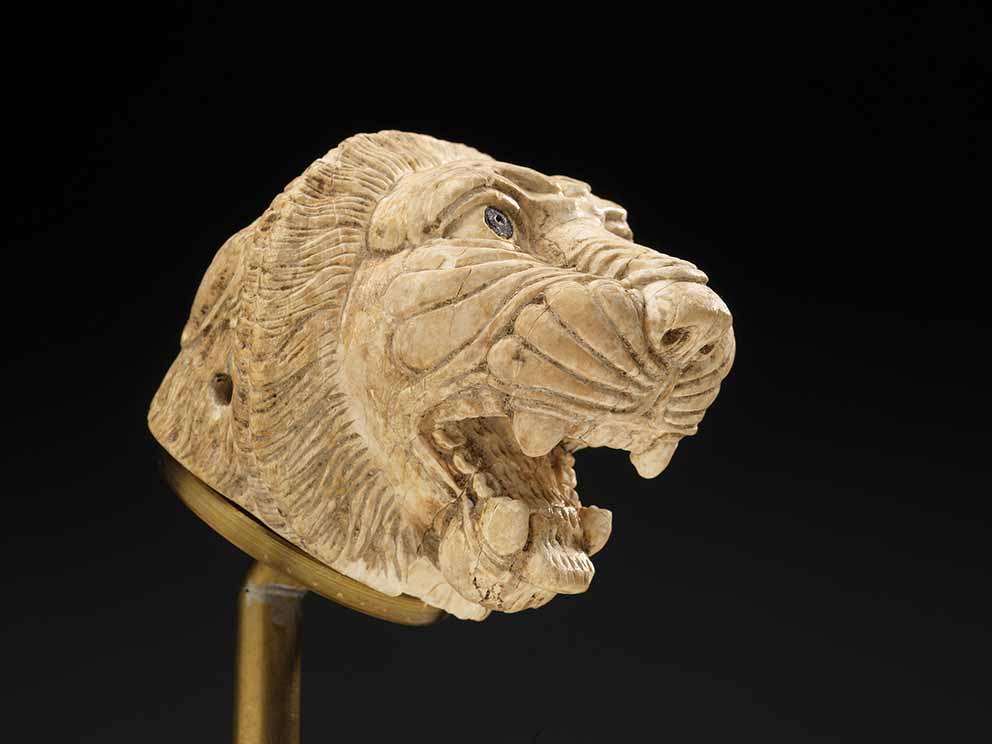A country that has for centuries enjoyed a unique mosaic of ethnicities, cultures, religions, and sects has been reduced in six years of senseless factional war to brutally divided fiefs with ruined cities and towns, and scorched landscape. Now, an exhibition at the Aga Khan Museum in Toronto, called Syria: A Living History, keep’s the country’s spirit alive.
Nasser Rabbat, Aga Khan Professor,MIT and Director of the Aga Khan Programme for Islamic Architecture sums up the feelings of much of the world in his introduction to the museum when he said that much has been lost for good and it will take the dedicated and selfless work of at least a generation or two to restore what is left. In these painful times, however, it is crucial to counter and debunk the forces of destruction and erasure of memory.
Celebrate the Land and Its People
One way is to celebrate the land and its people, highlight their heritage, and emphasise the cultural continuity and diversity that has shaped their long history and endowed them with an intricate, multi-layered, yet not easily bracketed notion of self. Happily, this can be seen in the exhibition Syria: A Living History.
Slowly taking shape out of Assyria, Aram, and Phoenicia before becoming Seleukia, then Roman and Byzantine Syria, Islamic Bilad al-Sham, and finally the truncated modern Syria, the country has assimilated many interrelated cultures. Some flourished for a long time and radiated their influence near and far. Others shone brightly for a brief, intense moment before retreating to the realm of memory.
Still others inhabited small niches in the land and evolved quietly to emerge as unique expressions of particularly Syrian cultural medleys. All, however, contributed to the rich landscape of Syria and gave it its vivid multiculturalism long before the term itself was coined.
Syria’s Long History of Artistic Creativity
This expansive and diverse cultural topography is what the Aga Khan Museum is aspiring to capture in this exhibition. By bringing together beautiful artefacts carefully selected from several partner museums and collections and dating from the fourth millennium BC to the present, the museum aims to showcase Syria’s long history of eloquent, varied, and multi-layered artistic creativity.
Highlights of the Exhibition – A Pre-Islamic Lion’s Head
Highlights of the exhibition, Syria: A Living History, include a pre-Islamic lion’s head, which scholars have not as yet identified the original function of this ivory head of a male lion. It may have been the finial of a chair’s armrest. The dynamic action of its opened mouth, exposing dangerous canines and taut facial muscles, suggests its readiness to attack.
Despite its small dimensions, this lion is part of the same Near Eastern tradition as the colossal sculptures of lions that symbolise kingship and power. The material of this artwork is also significant: in ancient civilisations, from Anatolia to Syria and Egypt, artists modelled ivory from the tusks of elephants and hippopotami, wild boar and sea cows. From the Islamic world is an extraordinary beautiful incense burner.
Mamluk Artisans
With their close kinship to Mosuli (from Mosul, northern Iraq) and Iranian metalworkers of the 12th and 13th centuries, Mamluk artisans developed a stable repertoire of forms, decorations, and techniques, which they continued to hone throughout the 13th to 15th centuries. Incense burners, or hand warmers, as the Chinese called them, were common in Mamluk metalwork.
Most are open-work brass spheres inlaid with gold and silver and decorated with geometric and vegetal patterns, formulaic inscriptions, and, in the early period, stylised gures. This particular delicate incense burner belongs to the early Mamluk period. Made of two hemispherical halves, it has a gimbal cup that rotates on a single axis, ensuring that the cup always remained upright.
This mechanism is currently known as ‘Cardanic suspension’, named after the 16th-century Italian mathematician Geronimo Cardano. The surface displays many gures that together represent the attributes of royal life: hunting, music, drinking, and furusiyya (equestrianism).
A series of saluki hunting dogs run around the rims of both hemispheres and gures of an archer on a horse, a falconer, a seated royal gure with a cup in his hand, and three musicians occupy the six roundels that make up the middle register of both hemispheres. This is an outstanding example of a royal or a princely incense burner even though the absence of a dedicatory inscription on its surface suggests that, despite its high quality, it might have been made commercially and not commissioned by a specific patron.
Photographs of Major Monuments and the Landscape
Also included in the exhibition are photographs of major monuments and landscape, spanning the country’s long history, amplify the message. This exhibition inspires new understanding of Syria’s past and present, and invites new ways of thinking about its future.
Syria: A Living History, until 26 February, Aga Khan Museum, Toronto, www.agakhan.com







